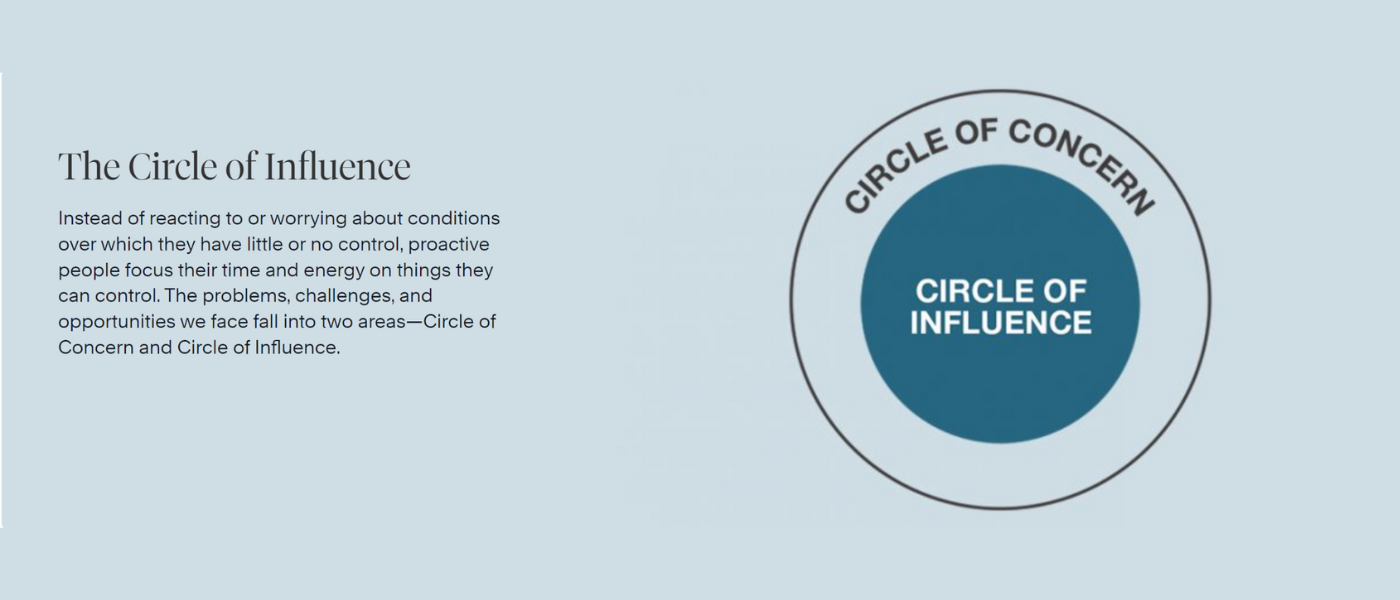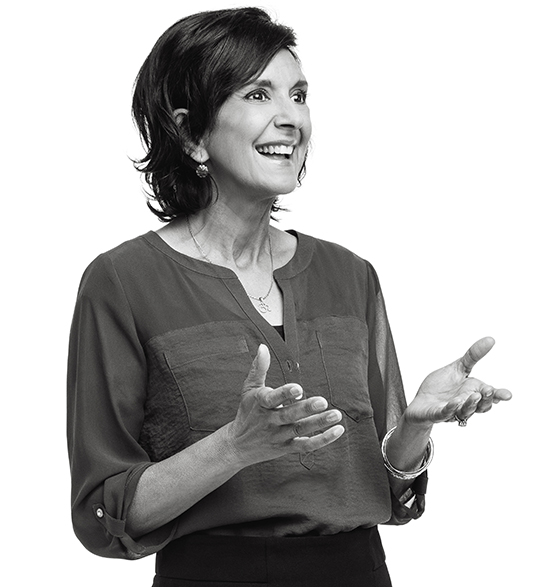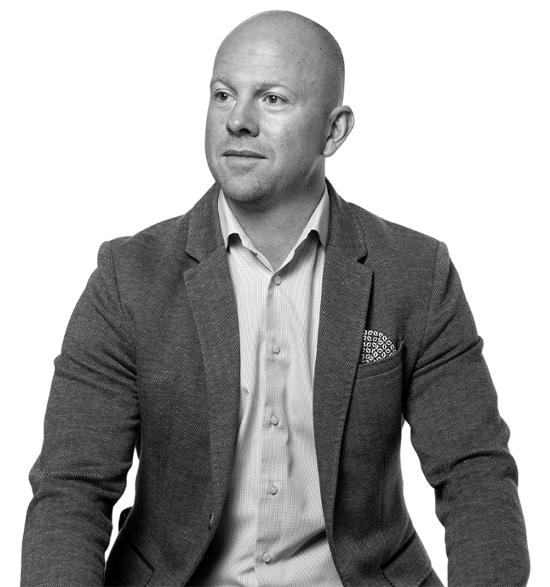Foster a Growth Mindset Culture
Jessica Doyle
13th January 2022
- 7 min read

Every day presents an opportunity for growth, renewed determination, and innovative thinking. However, it also brings its share of challenges and comparisons. Cultivating a workplace environment that values continuous learning over innate talent fosters resilience in overcoming obstacles and embracing new opportunities for improvement and joy.
The ability to adapt has become so essential to our work lives that active learning has been named one of the top 10 job skills for 2025. This same report by The World Economic Forum found the vast majority of business leaders (94%) now expect employees to pick up new skills on the job – a sharp rise from 65% in 2018.
So evidence shows that employees need to be prepared to grow, but whether or not they’re empowered to is another matter. Our own FranklinCovey research has found that 68% of a global surveyed audience believed that the change they were experiencing required them to do nothing differently and behave no differently.
Without the right mindset- one which makes room for both mistakes and excitement- addressing the need for reskilling and upskilling will be a tall order for many organisations.
Creating what has been neatly coined a “learn it all” not “know it all” culture is the future, but are you there yet? Is your culture inhibiting, rather than enabling, people to be a better version of themselves?
This blog looks at the definition of a growth mindset, why it is an important cultural foundation, and moving from fixed to growth mindsets at scale.
What is a growth mindset culture?
In 2007 Stanford psychologist Carol Dweck coined the terms “fixed and growth mindsets”.
A fixed mindset culture promotes the belief that ability and intelligence are innate properties that cannot be changed by external factors. You’re either good at something, or you’re not- that’s it. Whereas a growth mindset culture champions the fact that people can become smarter, stronger and better at something with effort. It doesn’t ignore that some people have natural talents or capabilities to be nurtured, but focuses on the fact that growth in all areas is possible with hard work.
In the former, a hero complex can emerge and create disheartening peer-to-peer comparison. The latter measures employees against themselves, not others or averages. People are given projects and challenges not because they’ll get them done flawlessly, but as opportunities for self-leadership, ownership, collaboration and problem-solving.
A growth mindset culture values character, our strength of which has been proven vital to thriving teams and organisations. Ultimately, people in growth mindset organisations are less defeatist because they are safe in the knowledge that their destiny is not fixed by past or potential ‘failures’. They’re able to be vulnerable. In an increasingly competitive and surprising world, this type of resilience can make a critical difference.
Examples of a Growth Mindset:
- Seeing feedback as an opportunity and tool to improve performance – rather than as a criticism or reason to feel attacked or rejected.
- Leaning into challenges – because they will be less afraid of showing vulnerability, getting it wrong or appearing like they don’t already know everything.
- Working outside siloes with a willingness to share knowledge and successes – because they will be less envious or threatened by the success of others, realising it takes nothing away from them.
- Being committed to ongoing learning and development – because they will recognise that being aware of what they don’t know is more valuable than what they do know.
- Being open-minded to new ideas and ways of working – because they won’t believe knowledge or qualifications can trump perspective.
- Coaching with intent and awareness – because they will recognise the potential in everyone.
Three Shifts From a Fixed Mindset to a Growth Mindset:
Fixed Mindset- “I have to”
Growth Mindset- “I will do”
Decades prior to 2007, Stephen R. Covey made the case for human potential and lifelong learning in his best-selling book The 7 Habits of Highly Effective People. With his words “I am no a product of my circumstances. I am a product of my decisions” Covey lay the foundation of effectiveness with Habit 1: Be Proactive, focusing on something which is easy to misuse: individual choice.

Growth happens when we focus on our Circle of Influence®, rather than wasting mental energy in the Circle of Concern™, worrying about on the things outside our control: the weather, other people’s performance, national debt. Understanding the signposts of a proactive or reactive attitude in both yourself and your team can help you make a conscious step towards redirecting focus towards areas of opportunity and positivity.
Being proactive harnesses the power of imagination and self awareness. It says I can control the value I add in this situation, there is an answer to be found and a commitment to be made. Employees who are not empowered to understand or wield their influence, slide into a reactive mindset that reverts to blaming. It makes us throw our hands up, bow to only what we already know and underestimate both our capability and responsibility.
Both mindsets reveal themselves in our language in often subtle but definitive ways. A proactive person uses proactive language–I can, I will, I prefer, etc. A reactive person uses reactive language–I can’t, I have to, if only.
In your next team meeting, try and really tune into the language you hear and be purposeful about your own. How does it alter the mood and momentum?
Fixed Mindset- “We’ve always done things this way”
Growth Mindset- “It’s time to try something new”
“The definition of insanity is doing the same thing over and over again and expecting different results.”
Many of us will be familiar with the above adage. Swap ‘insanity’ for ‘ineffectiveness’ and that is leading with a fixed mindset. When leaders and therefore teams fixate too heavily on known assumptions, long-held practices or rigid roles, progress stalls, efforts become futile and motivation wanes.
Whereas leaders who actively promote growth have the courage to let go of what no longer serves them or their team. They don’t try to shoehorn people and KPIs into models that are not always the best fit. As referenced by Covey and in the words of Peter Drucker and Warren Bennis: “Management is doing things right, leadership is doing the right things”.
Success requires knowing when to stop doing things, experiment and revaluate, in order to stay fit for purpose. This is only possible in workplace environments that make it safe to make mistakes, value alternative perspective and recognises effort as well as results.

Fixed Mindset – “Never”
Growth Mindset- “Not yet”
In schools, children hear about the power of “yet”. Rather than believing they cannot do something, they are taught to reframe their thought process to believe they simply cannot do something…. yet. We all have the power and potential to achieve the things we cannot yet do with time and effort.
There’s far more intelligence and energy inside organisations than we realise.
Somewhere between school and business, this belief in the ability of people to grow, surprise and give more gets lost, displaced by a focus on efficiency and need to get things done.
The majority of leaders today still operate from an outdated “Command & Control” style of leadership, opposed to the “Trust & Inspire” leadership the modern era demands. Trust & Inspire Leaders™ focus on unleashing potential rather than containing it, advocating for the whole person and extending personal trust to the point that employees are inspired to push themselves.
In the words of Stephen M. R Covey: “True leaders unleash greatness by seeing it, communicating it, and developing it.”
Build Loyalty, Unleash Potential
According to Dweck’s research, employees working in a company that encourages growth mindsets are 34% more likely to feel a strong sense of ownership and commitment to the company.
This is because developing a growth mindset culture is the prerequisite to people enablement, and therefore fulfilment. When you’re leading with “what do you need to achieve this?” not “can you achieve this? Are you capable?” you’re empowering a workforce who believes it can learn, and wants to- not only for themselves but for the company.
No matter your role or position of seniority, how everyone views themselves will impact how they show up for the role they are hired for. Your culture determines whether or not they see themselves as a difference-maker, problem-solver, value-adder, can-doer…or not.






